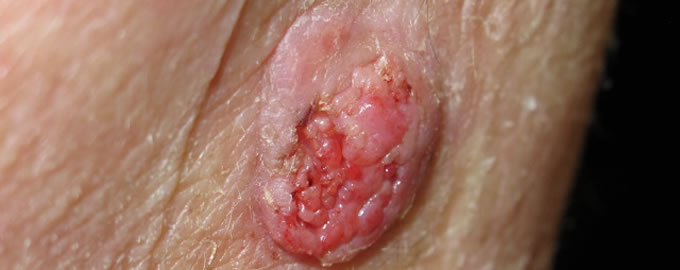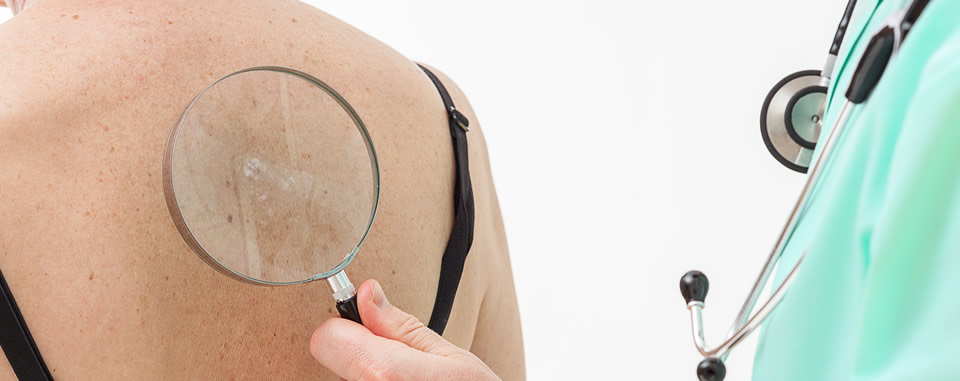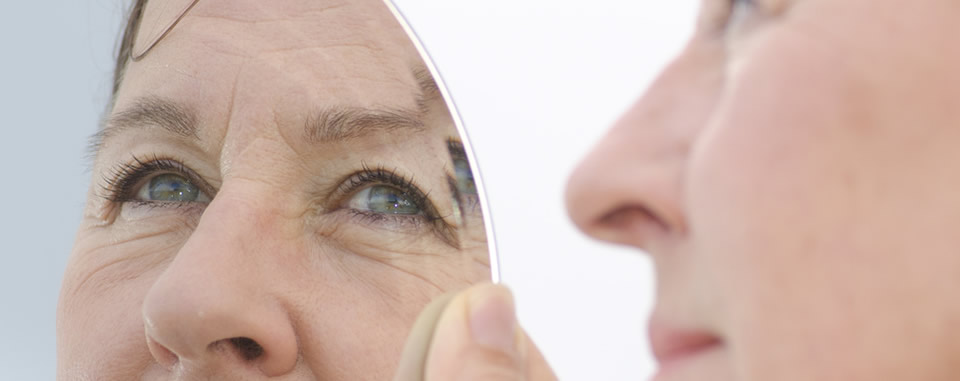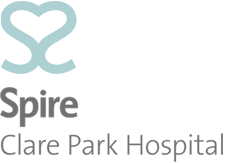Basal Cell Carcinoma
Basal Cell Carcinoma (BCC), or skin cancer, is one of the most common kinds of cancer. It is most often found on the face, neck, hands, or other parts of the body that receive the most exposure to the sun. Unlike many kinds of cancer, detection is relatively simple and if found early, treatment is simple and usually successful.
This type of cancer can have many different appearances: a red patch or irritated area; a smooth, shiny and waxy looking bump; a white or yellow scar-like area; a smooth reddish growth; or an open sore that won't heal, bleeds or oozes. However, most growths on your skin are not cancer. A dermatologist often has to take a biopsy (running tests on a sample) to confidently diagnose skin cancer. Pigmented basal cell carcinoma has brown or black pigmentation and may simulate melanoma.
We have learned a lot about how skin cancers form. The skin has several layers and kinds of cells. The outermost part of the skin is called the epidermis. It is where most skin cancers start, as it is most exposed to the sun's rays. Here you find three kinds of cells: flat, scaly cells on the surface called squamous cells; round cells called basal cells; and cells called melanocytes, which give your skin its color.
These three cell types can each develop a distinctive type of cancer. The type of cancer is named after the cell — Squamous cell carcinoma, Basal cell carcinoma or Melanoma. Basal cell carcinoma is less serious than the other two types of skin cancer. While it rarely metastasizes (spreads to other organs) it will cause extensive local damage if not treated.
Causes
The usual cause of BCC is chronic sun overexposure and sunburn. The ultraviolet light in sunlight is a form of radiation, and this damages your skin leading to skin cancer. Much of the sun exposure is from an early age and leads to cancers that only develops years later. Basal cell carcinoma is usually a problem for people with fair skin and a poor ability to tan. Other influencing factors include your family's history of skin cancer problems and an impaired immune system.
Treatments
The factors that influence the choice of treatment are the size, shape, location and type of basal cell cancer, and the particular expertise of the dermatologist. Other factors to consider are the availability of special facilities, the age and health of the patient and whether the cancer is a recurrence of a previously treated site.
Small basal cell cancers, less than one half an inch, can be treated by many methods. Most commonly used is curettage and electrodesiccation (scraping away the tumor tissue and then destroying a thin surrounding layer with heat). Other commonly used treatments are surgical excision and cryosurgery (liquid nitrogen freezing using a temperature probe sometimes to ensure temperature of -50°C), similar to how warts and moles can be removed. Superficial basal cell carcinomas can be treated with topical chemotherapy.
Large or recurrent basal cell cancers are treated best with Mohs' surgery (a specialized type of microscopically controlled surgery). Radiation treatments and excision with skin grafting or surgical reconstruction can also be used. For Basal cells cancers that are in between, many methods can be used if properly selected. Overall, Moh's micrographic surgery offers the best cure rates with lowest recurrence rates.
People with a basal cell carcinoma have almost a 30% chance of developing another skin cancer in the next 5 years. This means you should have regular examinations by a dermatologist, and a monthly scan of your skin to look for new and changing growths.
All skin cancer patients should limit or avoid sun exposure, wear hats and other protective clothing, and use sunscreens with a sun protection factor (SPF) of at least 15.
BE AWARE OF UV DAMAGE
We recommend you also look at the following pages and carefully monitor your skin for signs of more serious UV related conditions.
There are two main categories of skin cancer: melanomas and non-melanoma skin cancers. Squamous cell carcinoma is one of the non-melanoma skin cancers.
Most moles are benign and remain so, but it is important to keep an eye on your moles so that you notice any changes that may indicate the first signs of skin cancer.
Wrinkles are a natural part of the aging process, and gradually form around where the skin bunches up when we smile, frown, and laugh. Lifestyle factors can also contribute, for example whether you smoke, your level of sun exposure, and your sleeping position.






